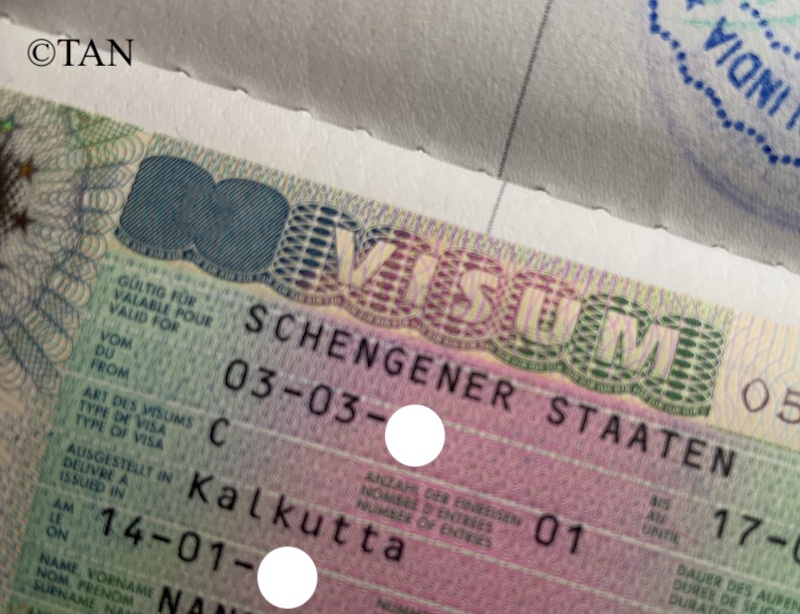
(NITN): Following the political agreement between the Parliament and the Council of the European Union, the Schengen visa procedure is expected to be digitised; the move which has been applauded by many.
Even the European Commission welcomed the move and said it was a key deliverable under the Schengen Strategy, presented by the Commission in June 2021.
The agreed rules will modernise, simplify, and harmonise the visa procedures for non-EU country nationals applying for a visa and for the Member States who need to grant such visas through digitalisation, the Commission said in a release.
As of now, visa procedures for the Schengen area heavily rely on paperwork, adding costs for both travellers and the Member States.
Procedures to apply for a Schengen visa differ from one Member States to another and only very few have partial digitised procedures.
Physical visa stickers are also more prone to falsification, fraud, and theft, something which digital visas will significantly improve, the Commission said in the release.
Said Margaritis Schinas, Vice-President for Promoting our European Way of Life, “By modernising and digitising the Schengen visa application process, we can reduce costs, enhance security, and facilitate travel procedures.”
The Regulation will modernise two main aspects of the visa procedure: the digitalisation of the visa sticker and the digitalisation of the visa application, by setting up an EU online Visa application platform.
The Commission highlighted the following in its release –
In particular, the new Regulation will provide for:
A single EU Online Visa application platform, where visa applicants will be able to apply for a Schengen visa online, including the payment of the same visa fee, regardless of the Schengen country they want to visit.
– In particular, the Online Visa application platform will:
· Provide applicants with a secure account through which they can apply online and receive the decision on their application.
· Provide the applicants with up-to-date information on Schengen short-stay visas, as well as all necessary information regarding the requirements and procedures (such as supporting documents, visa fee or the need for an appointment to collect biometric identifiers).
· Automatically determine which Schengen country is responsible to examine an application when the intended visit includes several Member States.
· Include a chatbot functionality allowing applicants to get answers to their questions in a user-friendly way.
[ALSO READ: Mike Spanos named Delta’s new COO]
Replacement of the Schengen visa sticker with a digital Schengen visa (encrypted 2D barcode) which will apply also for long-stay visas. It will also be issued by EU countries not yet fully applying the Schengen rules (Bulgaria, Romania, Cyprus).
Ylva Johansson, Commissioner for Home Affairs, said, “The agreed regulation will help us combat fraud, protect against falsification, and simplify the process, benefiting both travellers and the European Union.”
Member states will get a transition period of seven years to join the platform.
The Regulation has to be formally adopted by the European Parliament and the Council.




